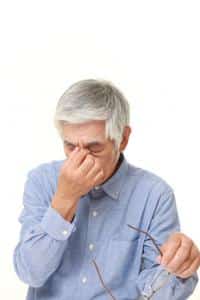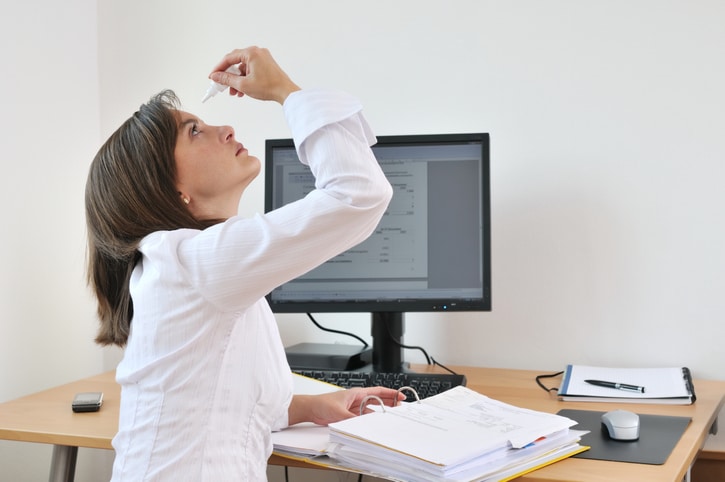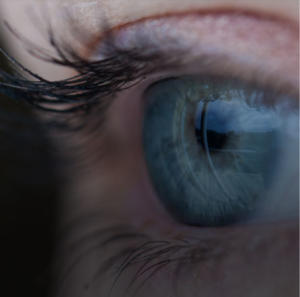BOOK ONLINE NOW
 Dry eye is a common eye condition which can afflict anyone, however is more likely to affect those in the over 50 age bracket.
Dry eye is a common eye condition which can afflict anyone, however is more likely to affect those in the over 50 age bracket.
It frequently starts with an infection of the eyelids, known as blepharitis. Blepharitis causes inflammation of the eyelid rims, itchiness, and crusting around the lash line (particularly first thing in the morning). If left untreated, it can disrupt the production of tear film and cause Dry Eye.
Although low-grade blepharitis is a chronic condition, it usually responds well to appropriate management such as:
If you wear a CPAP mask for the treatment of sleep apnea, and it does not seal properly, this may also cause or exacerbate Dry Eye Syndrome as it allows a constant stream of air to vent towards the eye, drying it out.
The healthy eye produces tear film; with each blink it is distributed across the eyeball, cleansing and protecting it from bacteria.
Dry Eye may develop if there is a blockage in the Meibomian gland, preventing the secretion of tear film (perhaps after a case of blepharitis); or if it evaporates too quickly.
Sufferers report symptoms such as red, sore eyes; light sensitivity; blurring and visual disturbances; and difficulties with wearing contact lenses. Dry Eye Syndrome is most frequently seen in women following menopause, and people with arthritis.

With many of us spending more and more time in air conditioning or staring at screens, we have noticed a rise in clients with Dry Eye Syndrome at our Brisbane optometrist clinic.
In fact, Optometry Australia has recently reported that dry eye – due to digital eye strain – is becoming an increasing issue in children as well as adults*.
If you have ever suffered the pain and discomfort of Dry Eye Syndrome, modern technology offers new hope – and we are proud to offer it at our optometry practice on Brisbane’s bayside.
In the past, Dry Eye Treatment consisted of:
In addition to being able to help you with all of the above, we are currently one of only a couple of optometry practices in the Brisbane region able to offer two of the latest options for relief of Dry Eye: BlephEx TM and Intense Pulsed Light (IPL) Therapy.
Using a hand-held instrument, an optometrist is able to precisely clean along the lash line around your eyes, to gently remove the scurf and bacteria contributing to the inflammation.

Another new treatment which has been delivering promising results (2) is Intense Pulsed Light or IPL, and it is now available at Aphrodite Livanes Optometrists, your local dry eye centre.
Also known as Intense Regulated Pulsed Light or IRPL, this treatment has been used in dermatology field for nearly twenty years, to reduce the redness, inflamed skin and blemishes associated with skin conditions such as rosacea and acne.
When patients reported that it was also relieving the symptoms of Dry Eye, it led to further investigation of the possible applications for ophthalmology.
IPL Dry Eye Treatment uses brief, powerful bursts of light at specific wavelengths, stimulating the various glands responsible for lubricating the eyeball. For best results, three or four monthly treatments are usually required (3).
Live in the Brisbane bayside area, and having problems with Dry Eye? Book an appointment at our Dry Eye Centre today!
Sources:
© 2026 Aphrodite Livanes Optometrist Brisbane: Eye Care Plus. All rights reserved.